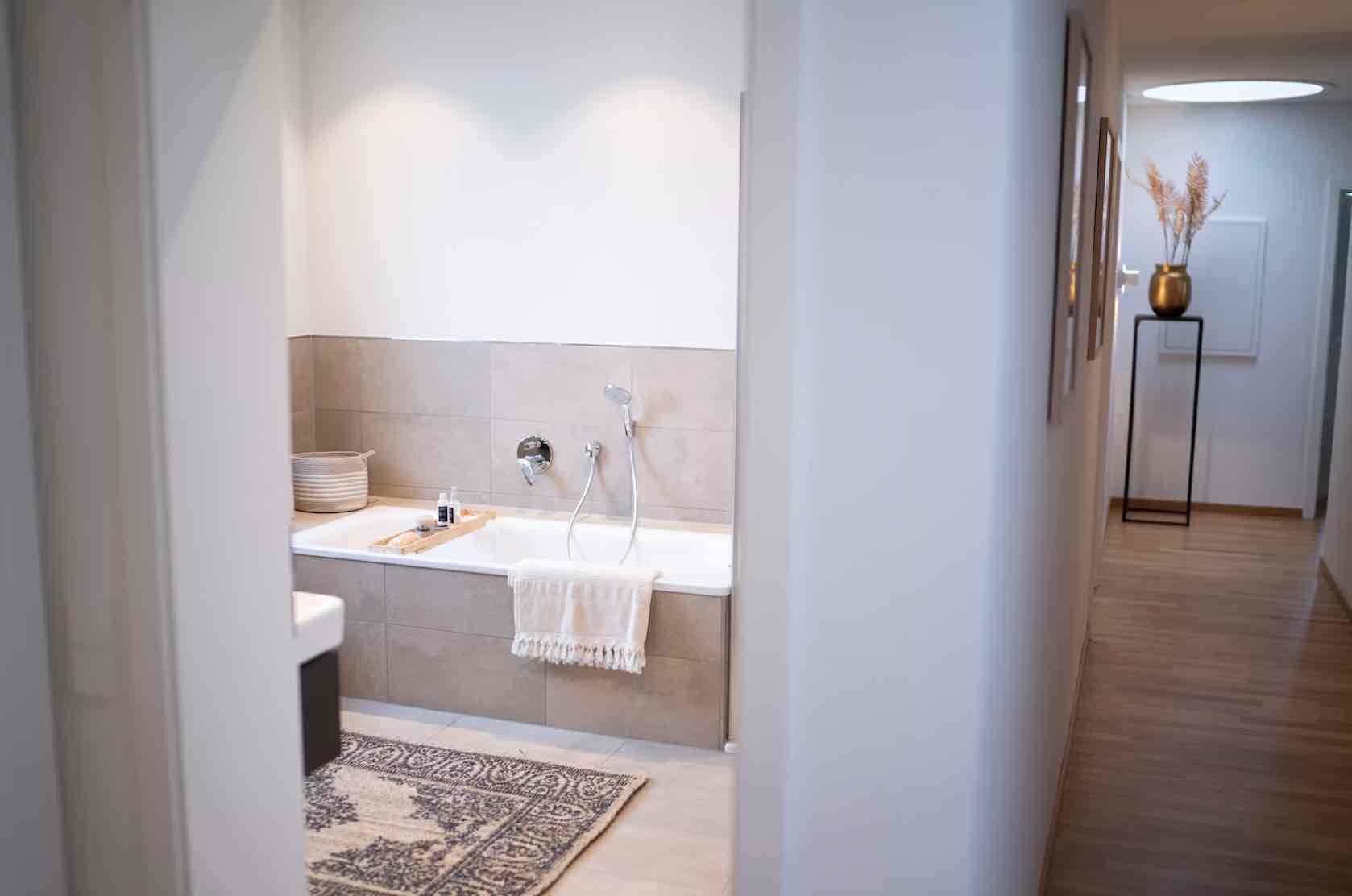
30 Jun Effective Tips to Monitor Indoor Moisture Levels for a Healthy Home
Maintaining proper indoor moisture levels is crucial for creating a healthy and comfortable living environment. Excessive humidity can lead to mold growth, musty odors, and even respiratory issues, while excessively dry air can cause discomfort and respiratory irritation. To ensure optimal indoor air quality, it’s essential to monitor and control moisture levels in your home.
In this blog post, we will provide you with great tips on how to monitor indoor moisture levels effectively. By implementing these strategies, you can take proactive measures to create a healthier and more comfortable living space.
- Use a Hygrometer with Data Logging: Invest in a hygrometer with data logging capabilities. These devices measure and record humidity levels over time, allowing you to identify patterns and fluctuations. By reviewing the data, you can pinpoint areas of concern and make informed decisions regarding moisture management strategies.
- Conduct Regular Visual Inspections: Perform visual inspections in your home to detect signs of excessive moisture or humidity-related issues. Look for condensation on windows, walls, or pipes, as well as visible mold or mildew growth. Check for water stains, peeling paint, or musty odors, as these can indicate hidden moisture problems. Conducting regular inspections helps you catch issues early on and take necessary actions promptly.
- Monitor Relative Humidity in Different Areas: Different areas of your home may have varying humidity levels. Use multiple hygrometers to monitor relative humidity in various rooms and spaces. Pay attention to areas that are more susceptible to moisture, such as bathrooms, basements, or laundry rooms. By monitoring humidity levels in specific areas, you can address localized issues and prevent moisture-related problems from spreading.
- Utilize Smart Home Technology: Leverage smart home technology to monitor indoor moisture levels conveniently. There are smart hygrometers available that sync with your smartphone or home automation system. These devices provide real-time humidity data and send alerts if levels exceed predetermined thresholds. With smart technology, you can monitor and manage moisture levels remotely, ensuring a healthy indoor environment even when you’re away.
- Consider Wireless Sensor Networks: For comprehensive monitoring, consider using wireless sensor networks. These systems consist of multiple sensors strategically placed throughout your home, continuously measuring and transmitting data to a central hub. Wireless sensor networks provide a comprehensive view of moisture levels across your entire living space, allowing you to identify trends, patterns, and potential problem areas.
- Take Advantage of Weather Apps: Weather apps often provide useful information, including outdoor humidity levels. By regularly checking these apps, you can gain insights into the outdoor humidity trends that can impact your indoor environment. Understanding the outdoor conditions helps you adjust your indoor moisture management strategies accordingly.
- Educate Yourself on Ideal Moisture Levels: It’s essential to educate yourself on recommended indoor moisture levels. The ideal relative humidity for most homes falls between 40-60%. However, certain environments, such as allergy-prone households, may benefit from lower humidity levels. Understanding these guidelines empowers you to make informed decisions regarding humidity control in your home.
- Engage in Seasonal Monitoring: Indoor moisture levels can vary with the seasons. Monitor humidity levels throughout the year to identify seasonal fluctuations. For example, in the summer, when humidity tends to be higher, you may need to increase ventilation or dehumidification strategies. Being aware of seasonal changes helps you adjust your moisture management techniques accordingly.
